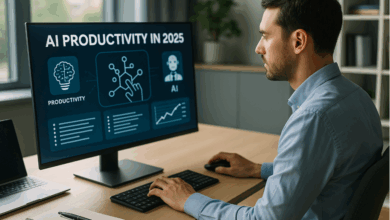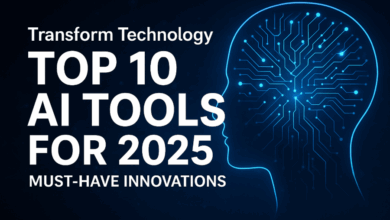Latest Breakthroughs in Artificial Intelligence
Recent Innovations in Artificial Intelligence: A Deep Dive into Emerging Trends
Latest Breakthroughs in Artificial Intelligence
Artificial Intelligence (AI) has rapidly shifted from a futuristic concept into a daily reality that shapes industries, economies, and individual experiences. In just a few years, the field has gone from narrow applications such as chatbots and recommendation engines to highly sophisticated systems capable of creating art, making complex decisions, and even autonomously performing tasks once reserved for humans. The last year alone has brought a wave of innovations that highlight both the incredible potential and the challenges of AI.
This article explores the most notable recent advancements in AI, analyzing how they are transforming industries and what the future might hold.
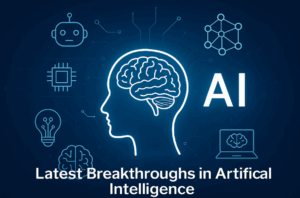
The Next Generation of Generative AI
Generative AI has become one of the most recognizable branches of artificial intelligence. While earlier models focused on producing text or simple images, the new wave of generative AI goes much further. Large Language Models (LLMs) like GPT-5, Claude, and Gemini have shown the ability to generate not just coherent, human-like text but also high-quality creative content such as poetry, code, and business strategies.
At the same time, text-to-image and text-to-video systems, such as MidJourney, Stable Diffusion, and Runway, have become increasingly advanced. These tools allow individuals and companies to produce stunning visuals and animations within seconds. The implications for marketing, entertainment, and education are enormous. Businesses no longer need large design teams to produce visual content, and independent creators can now compete on a global stage.
What sets the newest generative AI apart is context-awareness. Unlike earlier systems, these models can adapt their responses to match brand voice, cultural context, and legal requirements. For businesses aiming to scale content creation without compromising quality, this is a major breakthrough.
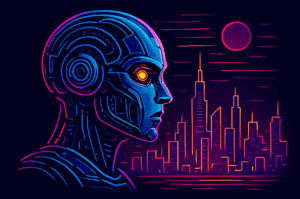
Autonomous AI Agents
While chatbots and assistants have existed for years, the rise of autonomous AI agents marks a new phase in AI development. These agents are designed to carry out multi-step tasks without continuous human intervention. For example, they can plan a marketing campaign, research competitors, book meetings, and generate reports—entirely on their own.
Projects like Auto-GPT and BabyAGI have demonstrated how autonomous systems can execute long-term goals by breaking them down into smaller tasks. Although still in experimental stages, companies are already exploring ways to integrate such agents into project management, customer service, and financial analysis.
The potential here is transformative. Imagine a small business owner using an AI agent to handle everything from payroll to customer outreach. For larger corporations, this could mean fully automated R&D cycles or 24/7 market monitoring. The cost savings and efficiency gains are hard to ignore.

Multimodal AI: Beyond Single Input
One of the most exciting recent developments is the emergence of multimodal AI. Unlike traditional systems that focus on a single type of input—such as text or images—multimodal AI can simultaneously process and interpret multiple data types.
For instance, a multimodal healthcare system can analyze patient medical history (text), MRI scans (images), and speech patterns (audio) to deliver a holistic diagnosis. Similarly, in education, multimodal AI can combine interactive visuals, voice explanations, and written material to create a more engaging learning experience.
Google’s Gemini and OpenAI’s latest GPT models are pushing boundaries by integrating multimodal features that allow for richer, more natural interactions. This development not only improves performance but also broadens the scope of industries that can adopt AI solutions.

Ethical AI and Governance Tools
As AI becomes more powerful, concerns about bias, transparency, and misuse have grown louder. To address these challenges, researchers and companies are investing heavily in ethical AI frameworks.
Recent innovations include tools that allow organizations to track and audit how AI models make decisions. These “explainability” features ensure that companies can remain compliant with emerging regulations, such as the European Union’s AI Act, while also fostering user trust.
For example, financial institutions now rely on transparent AI systems to ensure that credit scoring and loan approval processes are free from discrimination. Similarly, healthcare providers use explainability features to confirm that diagnoses are based on relevant and ethical data analysis.
This emphasis on responsibility is shaping the future of AI. The companies that prioritize transparency are likely to be the ones that thrive in a heavily regulated digital economy.
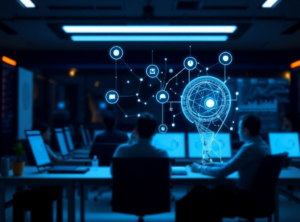
Real-Time AI Applications
Speed has always been a key factor in technology adoption, and recent AI systems are now capable of real-time processing. This advancement has immediate applications across industries.
- Translation: AI-powered translation tools can now deliver instant, context-aware translations that account for cultural nuances. This makes global communication smoother than ever.
- Cybersecurity: Real-time AI threat detection can identify and neutralize cyberattacks before they escalate. With cybercrime on the rise, this innovation provides critical protection for both individuals and corporations.
- Finance: AI-driven fraud detection now works instantaneously, safeguarding consumers from scams and financial theft.
- Healthcare: Real-time monitoring systems can analyze patient vitals and alert doctors to potential emergencies instantly, potentially saving lives.
The ability to process vast amounts of data in milliseconds is what makes these applications game-changing.
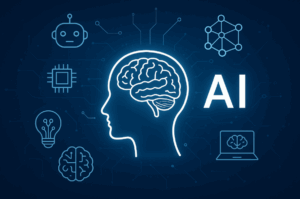
AI in Creativity and the Arts
Another remarkable trend is AI’s increasing role in creative industries. From AI-generated music to film scripts and fashion design, artificial intelligence is no longer just a tool for automation—it is a collaborator.
In the music industry, AI systems can compose original tracks that mimic specific genres or artists. In filmmaking, AI can edit videos, create visual effects, or even generate dialogue. Artists are experimenting with generative tools to push the boundaries of visual design.
While some fear this could replace human creativity, many see it as an opportunity for collaboration. Human creators bring vision and emotional depth, while AI contributes speed and technical execution. Together, they are redefining what art can be in the digital age.
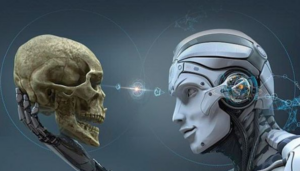
AI and the Workplace of the Future
AI is also transforming the workplace. Automation is no longer limited to repetitive tasks—AI can now handle strategic and analytical responsibilities as well.
For employees, this means less time spent on mundane work and more opportunities for creative problem-solving. For employers, it means greater efficiency and reduced costs. AI-driven tools like virtual assistants, automated scheduling, and smart knowledge management systems are becoming standard in modern offices.
One notable trend is the use of AI in remote and hybrid work environments. Intelligent systems can analyze team productivity, suggest workflow optimizations, and even detect burnout risks. This is crucial as businesses adapt to the post-pandemic work landscape.
Robotics and AI Integration
While much of the focus is on software, robotics powered by AI is another area seeing rapid innovation. Autonomous robots are now being deployed in warehouses, hospitals, and even households.
- In logistics, AI robots can sort, package, and deliver goods with minimal error.
- In healthcare, surgical robots guided by AI enhance precision and reduce recovery times.
- In personal use, home robots assist with chores, caregiving, and companionship.
The combination of robotics and AI creates systems that can act in the physical world while adapting intelligently to changing conditions. This convergence is paving the way for truly autonomous machines.
The Role of AI in Sustainability
AI is also contributing to global sustainability efforts. Energy companies use AI to optimize power grids, reducing waste and improving efficiency. In agriculture, AI-driven drones and monitoring systems help farmers conserve water, reduce pesticide use, and maximize yields.
Environmental scientists are leveraging AI to analyze climate data, predict natural disasters, and design eco-friendly solutions. By optimizing resource use, AI is becoming a vital tool in the fight against climate change.
The Future: Toward AGI and Beyond
Perhaps the most ambitious goal in AI research is the development of Artificial General Intelligence (AGI)—systems capable of performing any intellectual task that a human can do. While still theoretical, the progress of recent years has brought us closer to this vision.
Companies like OpenAI, Anthropic, and DeepMind are exploring architectures that could eventually lead to AGI. At the same time, researchers are cautious, stressing the importance of safety and ethical guidelines to prevent misuse.
The road to AGI will likely be gradual, marked by incremental breakthroughs in reasoning, memory, and adaptability. Whether or not AGI is achieved soon, the pursuit itself is driving innovation across the entire AI landscape.
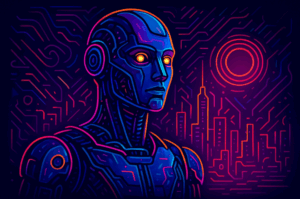
The recent innovations in artificial intelligence paint a clear picture: AI is evolving faster than ever, moving from narrow applications to systems that are smarter, more autonomous, and more ethical. Generative AI, autonomous agents, multimodal systems, ethical frameworks, and real-time processing are just a few of the developments that are reshaping how we live and work.
For businesses, staying updated with these trends is not optional—it is essential for maintaining a competitive edge. For individuals, understanding AI’s trajectory offers insights into the opportunities and challenges of the future.
Artificial Intelligence is no longer just a buzzword. It is a transformative force that is redefining industries, reshaping creativity, and reshaping the human experience. The innovations we see today are only the beginning of what promises to be one of the most significant technological revolutions in history.
